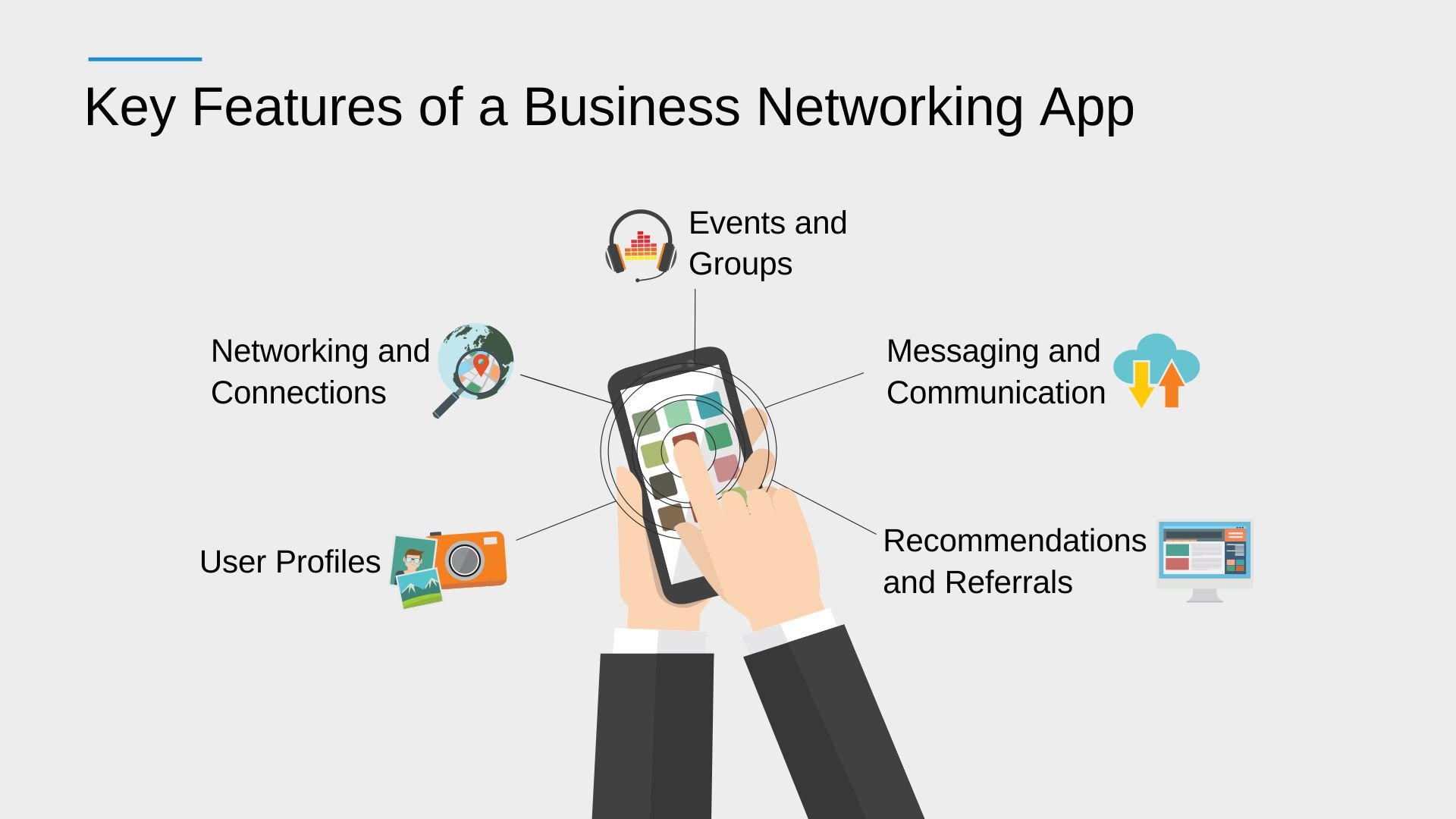In the fast-paced business world, networking plays a crucial role in building professional connections and expanding opportunities. With the advent of technology, business networking has shifted to digital platforms, making it easier for professionals to connect and collaborate. Developing a business networking app requires careful consideration of costs, essential features, and various factors. In this blog post, we will explore the cost factors involved in engineering a business networking app, discuss key features that make such apps successful, and examine important factors to consider during development.
Understanding the Costs
Developing a business networking app involves several cost components that need to be considered:
Development and Design: The cost of building a business networking app depends on factors such as the platform (iOS, Android, etc.), the complexity of features, the user interface (UI) and user experience (UX) design, and the time required for the development. Hiring skilled developers and designers will contribute to the overall development cost.
Backend Infrastructure
A robust backend infrastructure is essential for handling user profiles, connections, messaging, and other networking functionalities. This may require investing in cloud services, servers, and database management systems, which can impact the development cost.
Security and Privacy:
Business networking apps handle sensitive user information and require secure authentication, data encryption, and privacy features. Implementing strong security measures may involve additional development costs, such as integrating secure protocols and conducting thorough security audits.
Testing and Quality Assurance
Rigorous testing is crucial to ensure the app’s performance, functionality, and compatibility across different devices and platforms. Allocating resources for testing, bug fixing, and user feedback implementation should be considered during the development process.
Maintenance and Updates
Once the app is launched, ongoing maintenance and regular updates are necessary to address bugs, introduce new features, and improve the user experience. Allocating a budget for maintenance and updates is essential for the long-term success of the app.
Key Features of a Business Networking App

To create a successful business networking app, incorporating the following key features is crucial
User Profiles
Users should be able to create comprehensive profiles that highlight their professional experience, skills, education, and interests. Including features like uploading resumes or portfolios can further enhance users’ profiles.
Networking and Connections
The app should facilitate connecting and expanding professional networks. Features like search filters suggested connections based on mutual interests or industries, and the ability to send connection requests or messages can enhance networking opportunities.
Events and Groups
Including features for creating and joining industry-specific events, conferences, or groups within the app can foster networking and collaboration among like-minded professionals.
Messaging and Communication
In-app messaging features allow users to communicate and engage with their connections directly. Consider incorporating features such as real-time messaging, file sharing, and group chats to facilitate effective communication.
Recommendations and Referrals
Recommending relevant professionals, job openings, events, or articles based on user preferences and connections can enhance user engagement and provide value-added services.
Factors to Consider During Development
Apart from costs and features, there are several factors to consider when engineering a business networking app
Scalability
Building a scalable app capable of handling a growing user base and increased data traffic is essential. Planning for future expansion and integrating scalable architecture and technologies can save costs in the long run.
User Feedback and Analytics
Incorporating features for collecting user feedback and analyzing app usage patterns can provide insights for improving the app’s performance and user experience. Regularly updating the app based on user feedback can help retain users and attract new ones.
Integration with Existing Platforms
Consider integrating the app with popular platforms like LinkedIn, email services, or calendar applications. This integration allows users to import their existing connections, streamline communication, and enhance the user experience.
Monetization Strategy:
Developing a monetization strategy is crucial for sustainability. Consider options like offering premium features, in-app advertising, paid event promotions, or partnerships with relevant businesses.
Conclusion
Developing a business networking app involves considering costs related to development, infrastructure, security, testing, and maintenance. Incorporating key features such as user profiles, networking capabilities, events/groups, messaging, and recommendations can create a successful app. Considering factors like scalability, user feedback, platform integration, and a monetization strategy are also vital. By carefully evaluating these aspects, businesses can engineer a cost-effective and feature-rich business networking app that meets the needs of professionals and fosters valuable connections in the digital era.
Topics: technologies, Cloud Migration Services, IoT, Mobile App Development, App Development